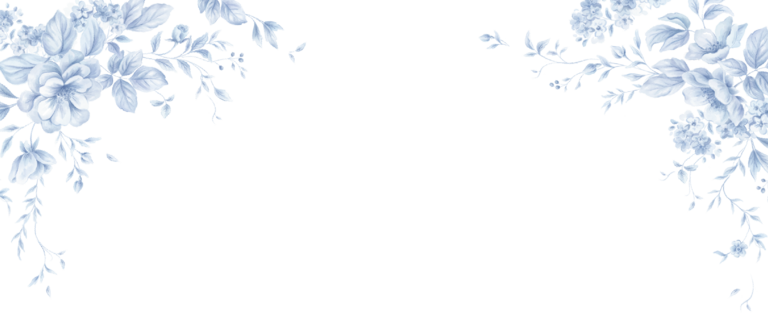
Rebecca & Jacob
Rebecca & Jacob
What to Expect
What is different about a Jewish Wedding?
An Orthodox Jewish wedding has many unique customs and traditions that are rooted in Jewish law with layers of symbolism. Here are some helpful links if you're interested in learning more beyond our website:
A Guide to Orthodox Jewish Weddings: https://www.shemtovphotography.com/blog-1/2018/7/2/a-guide-to-orthodox-jewish-wedding
Everything You Need to Know About Jewish Wedding Traditions: https://tinyurl.com/pkphoto-jewish-ceremony
What are the customs of an Orthodox Jewish wedding?
Before the wedding, it is traditional that the chattan (groom) and kallah (bride) don't meet a week before the wedding.
Kabbalat Panim: Jewish Orthodox weddings begin with a reception called a Kabbalat panim. Note, men and women hold separate receptions: the groom greets at the men's tisch while the bride sits on a throne to greet guests and gives them a bracha (blessing).
Men's Tisch: Male relatives and friends enjoy food and drinks with the groom, the ketubah (marriage certificate) is read, and witnesses sign the ketubah. Additionally, the mother of the bride and groom simultaneously smash a plate as a symbol of commitment.
Bedeken: "to veil"; the groom veils the bride following the tisch. Before this occurs, guests approach the bride who sits alongside her family and bridesmaids. After the veil is placed, everyone moves to the chuppah.
Chuppah: The bride and groom stand under a wedding canopy called the chuppah. The chuppah rests on four poles, without any walls, to symbolize the open, welcoming home they will build together. Note, men and women sit separately at the chuppah with women on the left and men on the right.
Hakafot: "circles"; under the chuppah, the bride circles the groom seven times. Mirroring the concept that Creation spanned seven days, the bride's circling symbolizes the building of the new couple's life together.
Kiddushin: A Rabbi begins the ceremony with a blessing over the first cup of wine under the chuppah, then the groom gives the bride a ring in front of two witnesses to signify betrothal.
Ketubah: The Jewish marriage contract, the ketubah, is read aloud in Aramaic by a Rabbi under the chuppah. Previously, the ketubah was signed by two witnesses during the men's tisch and it outlines the couple's legal and moral obligations to one another.
Nisuin: Seven blessings (sheva brachot) are recited over the second cup of wine by various guests in gratitude of Hashem's gifts under the chuppah. The blessings include prayers for the new couple of experience joy, gladness, jubilation, harmony, love, and friendship.
Breaking the Glass: The ceremony concludes with the singing of Im Eshkachech (Psalm 137:5-6) and a glass is broken under the chuppah. Even in this moment of joy, breaking the glass recognizes sadness and sorrow in the world and commemorates the destruction of the Temple in Jerusalem.
Yichud: After the glass is broken, the bride and groom are escorted to the yichud room, a private space where they share their first moments as husband and wife. During this time, guests proceed to the reception hall to continue to the celebration and two friends guard the room to ensure privacy.
Reception: To celebrate with the bride and groom, the night continues with dancing and dinner. Note, the men and women will be separated by a mechitzah (barrier).
Bentching: At the conclusion of the wedding, Birkat Hamazon (Grace After Meals) is recited. Special blessings are added to the standard text of the prayer in honor of the marriage. Booklets with the blessings will be provided and can be taken home.
What music is played at an Orthodox Jewish wedding?
Pure Simcha - Eitan Katz: https://www.youtube.com/watch?v=ude5onAxOH0&list=PLChUvnbgjRryO7yV4Rg5UCdSjZl003YHf
Wedding Videos - Eitan Katz: https://www.eitankatz.com/wedding-videos
Od Yishoma - Eitan Katz: https://www.youtube.com/watch?v=HLDhENgCgqQ
Im Eshkachech - Eitan Katz: https://www.youtube.com/watch?v=OqRyYnNYWmA